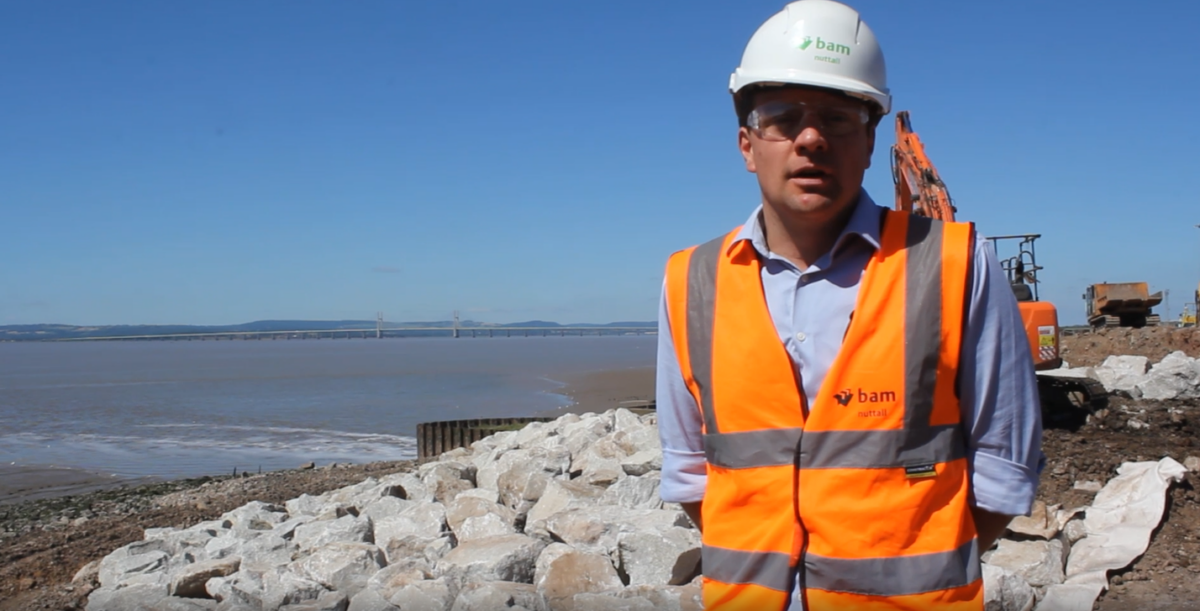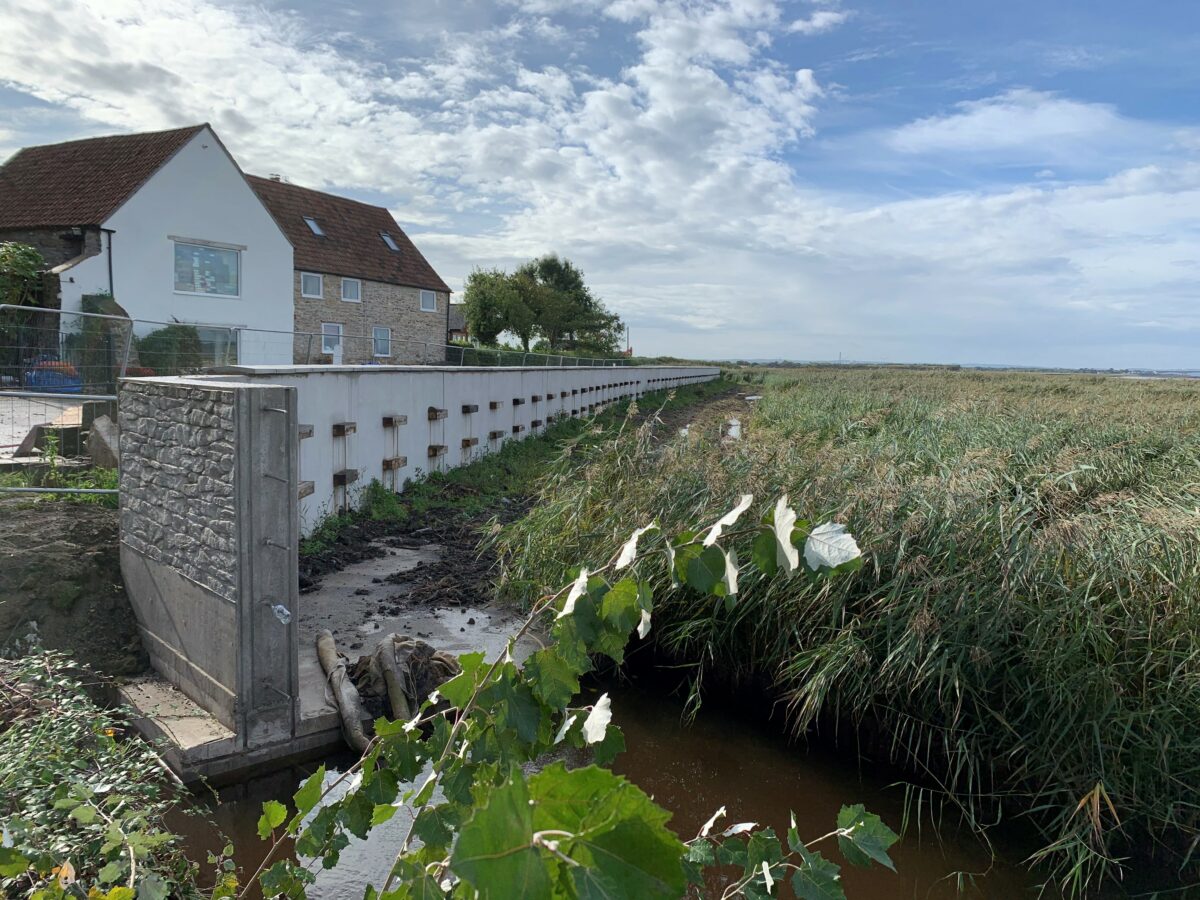ASEA project shortlisted for Local Government Chronicle Award
We are very excited to be shortlisted for this year’s Local Government Chronicle Awards in the Climate Response category.
This category is intended to mark excellence in any aspect of a council’s work in addressing the carbon footprint of the council, its services and its broader local area. As a landmark partnership between South Gloucestershire Council, Bristol City Council and the Environment Agency, the project is a strong contender for this category, as it seeks to protect the local communities and wildlife from existing flood risk.
Project Lead South Gloucestershire Council and Bristol City Council, Ursula Stevenson, said: “We are delighted to be shortlisted for this award, which is a wonderful reminder of the continued efforts of everyone at ASEA who are working to deliver new and improved flood defences. We are looking forward to the ceremony in the summer and wish the best of luck to everyone attending.”
Councillor Nicola Beech, Bristol City Council Cabinet Member with responsibility for Strategic Planning, Resilience and Floods, said: “Being shortlisted for this award is a great accolade for Bristol and the hard work of the council and partners. Protecting residents and businesses from flooding, and preserving and enhancing our natural environment, is important as the risk of climate change is increasing. On behalf of the council, I’d like to wish the project team and partners the very best of luck at the award ceremony in June.”
LGC editor Sarah Calkin, said: “The LGC awards seeks to recognise and celebrate the absolute best in local government, and as this year’s shortlist shows there is no shortage of new ideas and fresh thinking across the whole host of council services. A massive congratulations to everyone on the shortlist, making it this far is a huge achievement in itself.”
A full list of the shortlists can be found here. The winners will be announced at the JW Marriott Grosvenor House Hotel, in London on 8 June 2023.














